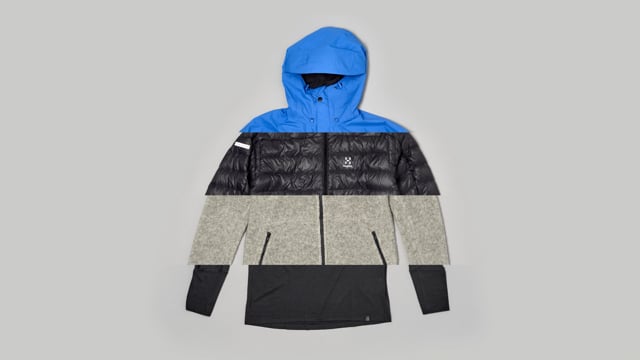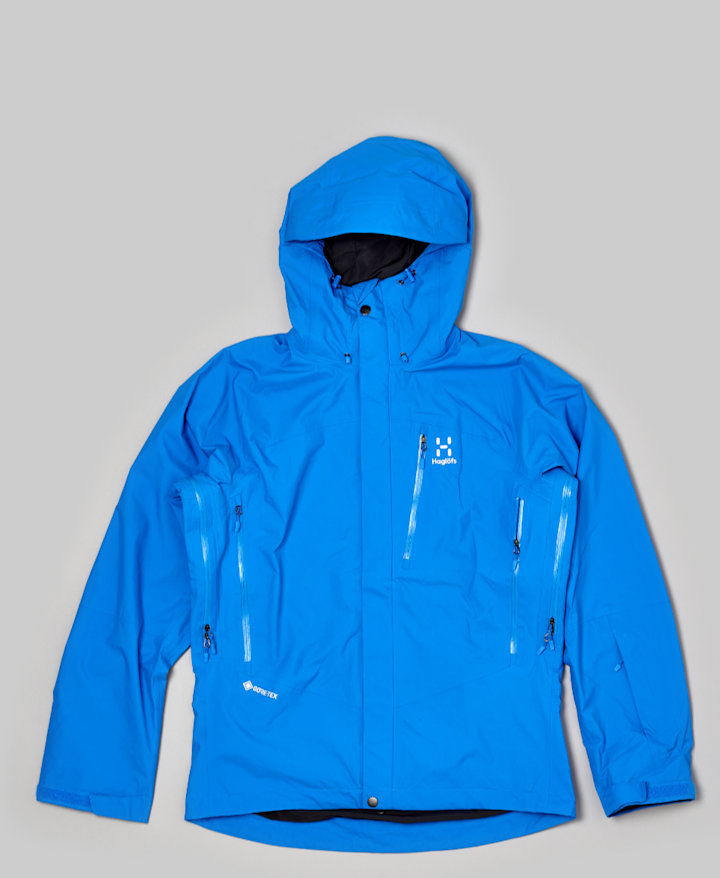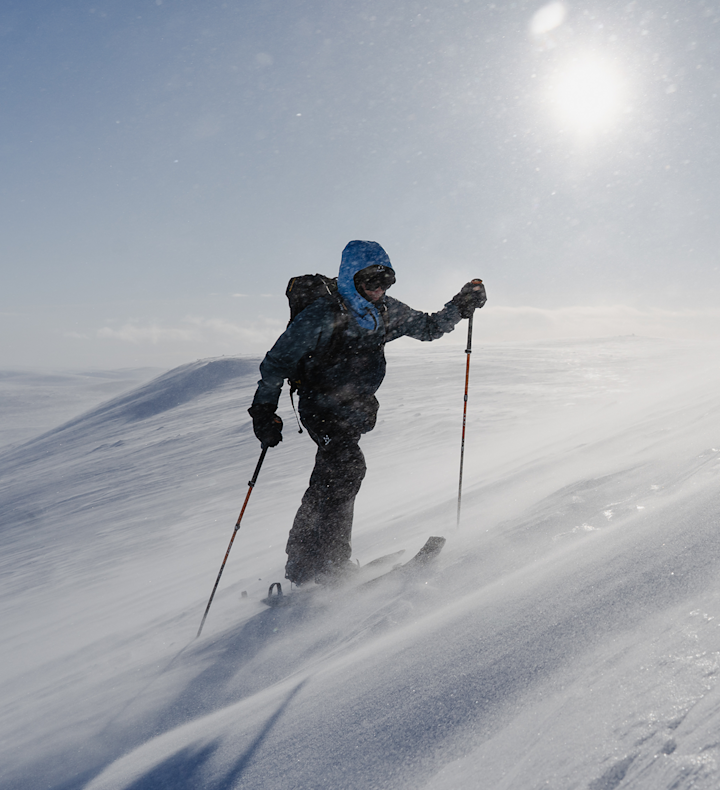
How to layer up and stay warm in cold weather
Why dress in layers?
The art of layering is no secret. And it’s not that complicated either. When done correctly, dressing in layers gives you a great superpower while pursuing your favorite outdoor activities. That is, you stay warm and dry—and that means more time (and fun) outside.
Using the layering system when getting dressed for the outdoors gives you three main advantages:
- It moves moisture away from your skin
- It helps conserve heat
- It protects you from the elements
Using the layering system also gives you the flexibility to adapt to both changing activity levels and weather conditions by simply removing or adding layers, thus keeping you comfortable all day long. And while we’re talking about comfort, another benefit worth mentioning is that layering garments enables them to move over each other easily so that you, in turn, can move freely without any chafing.

The classic 3-layer system
The classic, three-piece layering system is the most common one and it consists of a base, a mid-layer,
and an outer shell. However, depending on the weather, you might consider increasing it to four pieces by
adding a second mid-layer. But a general rule is quality over quantity.

Baselayer
A base layer is a thin inner layer that keeps you dry. For optimal functionality,be sure to choose a lightweight base layer with a snug fit.
Primary function:
Wicks away sweat, dries fast, regulates your body temperature
Common materials:
Synthetics, wool or a mix of synthetic and wool materials
When it comes to materials, your primary choices are synthetics, wool, or a synthetic-wool blend (which can give you the best of both worlds).
Shop baselayer for men, Shop baselayer for women
|
Synthetic base layers:
|
Wool (especially merino wool) base layers:
|

Midlayer
A mid-layer is a thicker insulating layer that traps body heat and keeps you warm.
A typical mid-layer is a fleece jacket or vest, or a puffer jacket filled with down or synthetic insulation. Which one you should choose depends on your activity level. For pulse-raising activities, a lightweight and breathable fleece is ideal, while cold-weather activities after sundown or activities that involve standing outside for longer periods might require an insulated jacket.
Primary function: Supplies insulation that helps you stay warm
Common materials: Down, fleece, synthetics, wool
For mid-layers, there are a lot of materials to choose from, including down, fleece, synthetics and wool. Again, the best choice depends on your activity level. It also depends on your comfort preferences.
|
Down (duck/goose feathers) mid-layers:
Fleece (synthetic wool) mid-layers:
|
Wool mid-layers:
Synthetic mid-layers:
|

Shellayer
The final step in your layering endeavor, the outer shell is a thin and protective outer layer that helps repel the elements and keeps all the layers underneath it dry.
Primary function: Keeps you dry and supplies weather resistance
Common materials: Synthetics
Outer shells come with in a range of different weights and protective properties. Which one you should choose depends on your activity level as well as the weather conditions you expect to face.
|
Waterproof outer shells:
Water resistant outer shells:
Windproof outer shells:
|
Wind resistant outer shells:
|

This season’s most versatile mid-layers
According to our head designer.
Whether you’re outside exploring the winter trails or living life indoors, these multi-tasking mid-layers have what it takes to keep you warm and dry. And cozy even. Here, our head designer Annsofie Jakobsson shares some of her personal favorites.
Pile Hood
“This one is my favorite when it comes to pre and post activities. Cozy and comfy, perfect for the fireplace and the après ski as well as calm walks in the forest.”
L.I.M Fast Hood
“This is the one I use when I go trekking, hiking or running in cold weather or when I go XC skiing – moving at a fast and steady pace. This mid-layer is super lightweight but will keep you dry and warm due to the breathable and quick drying fabric"
Touring Mid Jacket
“The material achieves a good balance between giving a nice warm feeling and good breathability. Perfect for ski touring or freeriding, and short walks with skins when the pace and the body temp can change quickly and often."
Vassi Mid Hood
“This is one for the really cold and snowy days, when some extra warmth is needed. The fabric is durable and, due to its construction, this technical fleece is extra efficient at keeping you warm. The fit is rather relaxed, and easy to layer with a base underneath.”